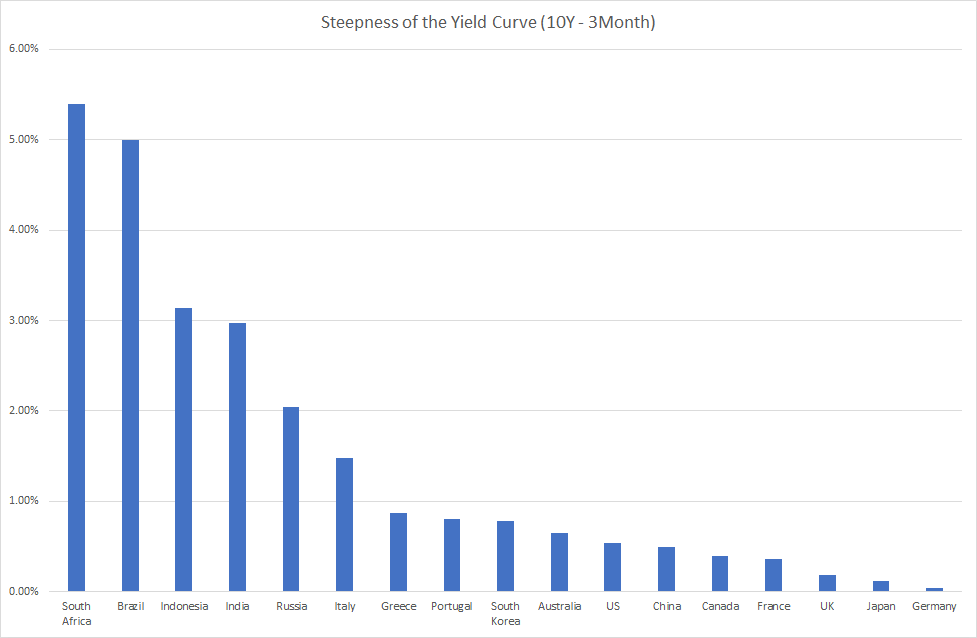An update from the CIO of Sanlam Investments Multi-Manager – 8 September 2020
Our clients are real people, not simply numbers on a spreadsheet which result in a rand investment. Behind those numbers lies a mixture of financial needs, hopes and dreams which should never be forgotten when considering how to invest the hard-earned money that clients entrust us to steward on their behalf. Whilst part of this function lies in the short-term tactical opportunities which arise from time to time, the other important component lies in trying to determine what the long-term picture looks like to understand where one should strategically position portfolios.
This very topic has been the centre of much debate within the team, particularly surrounding the medium- to long-term picture for South Africa. This is often an extremely difficult exercise to undertake as the future is always clouded with uncertainty and unpredictability. However, there are times when these pictures become a little clearer, and this happens to be the case with South Africa currently. To say that South Africa is in peril would be to dramatically understate the problem. Weighed down by excess debt, gross levels of unemployment and power constraints, the country is hurtling at breakneck speed towards a solid concrete wall. Reduced expenditure and other fiscal and monetary interventions are vital for the country’s economic survival, but will the National Treasury and Reserve Bank be able to act timeously and decisively? This message being sent from the bond market is that it’s unlikely that South Africa will avoid an economic disaster:

Source: Sanlam Investments Multi-Manager, INET, August 2020
The above chart represents the difference between the short-term debt obligations of various governments (3-month debt paper) vs the long-term debt obligations (10-year debt paper). The difference indicates the market’s estimates about the various risks inherent in the economy (ranging from fiscal risks to inflation risks). It’s clear that South Africa has one of the steepest yield curves in the world right now, which implies that the market is nervous about the medium- to long-term prospects of our government’s ability to repay its debt. South Africa’s debt trap risk is elevated and the risk will be confirmed if the October Medium Term Budget Policy Statement cannot map a credible path back to fiscal sustainability.
It’s unfathomable but the market currently has significantly more confidence in countries like Greece, Portugal and Italy, which have had much publicised debt crises over the last decade. Part of this is as a result of their connection to the European Union, but as we saw during the height of the Greek crisis this can dislocate and so only explains part of the confidence the market has in these countries versus South Africa.
The reality is that the market has little faith in Treasury’s ability to follow through on its promises of fiscal consolidation, which is why our bond yields continue to stick out when compared to other countries. It is getting harder and harder to see a future scenario in which South Africa manages to kickstart the desperately needed economic growth and deal with its burgeoning debt pile.
The “Lost Decade” resulted in low economic growth, high unemployment and the widespread corruption that is currently being investigated. To counter this, South Africa needs to meaningfully come together. Government, the private sector and the general public all need to work together towards a unified goal to fight maladministration and economic decline. Unless we do this, we are headed towards a potentially prolonged economic depression. In case the latter manifests, the only viable long-term investment strategy is to maximise offshore exposure for the medium and long term. Fortunately, the majority of the JSE earnings are based on offshore earnings right now, but companies operating predominantly in South Africa, as well as SA bonds would need to be avoided.
We all need to stand together to create a South Africa where there is low unemployment, and economic growth is robust and healthy. It is possible but requires sacrifice to bring civil society, business and government together to create a better future rather than the bleak one towards which we’re heading.





Comments are closed.